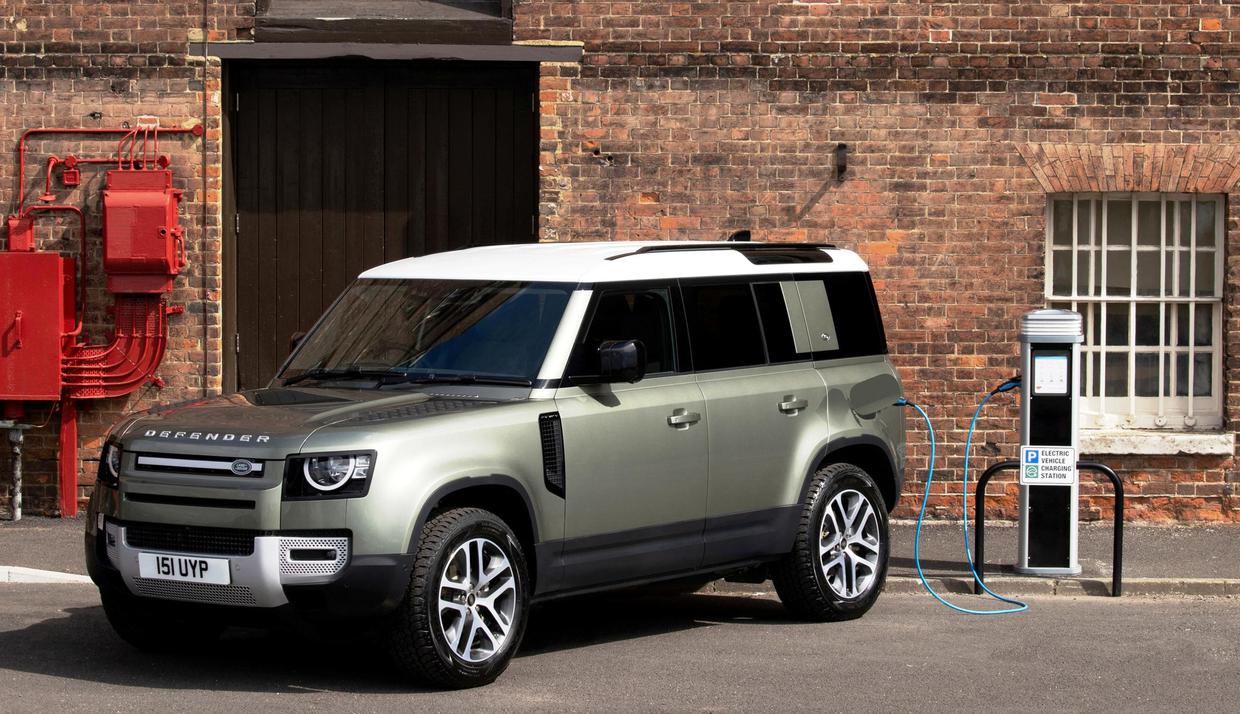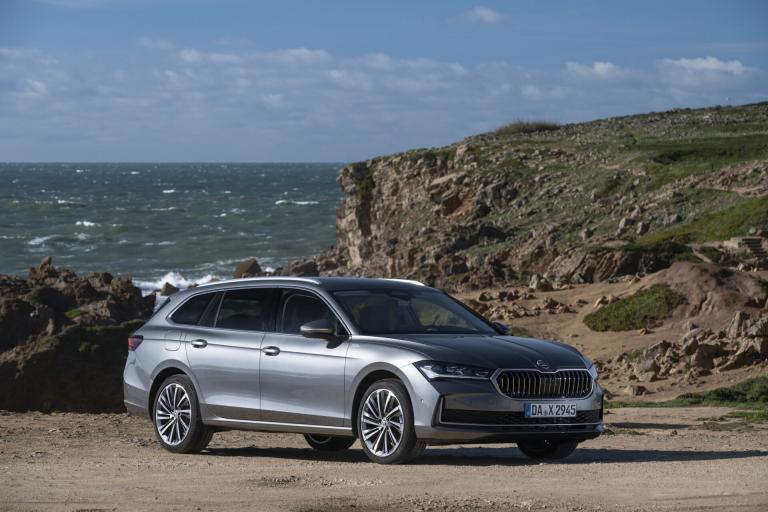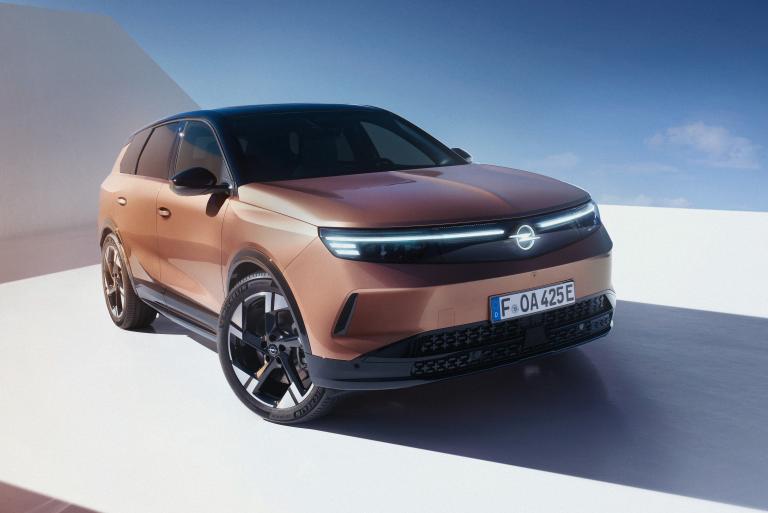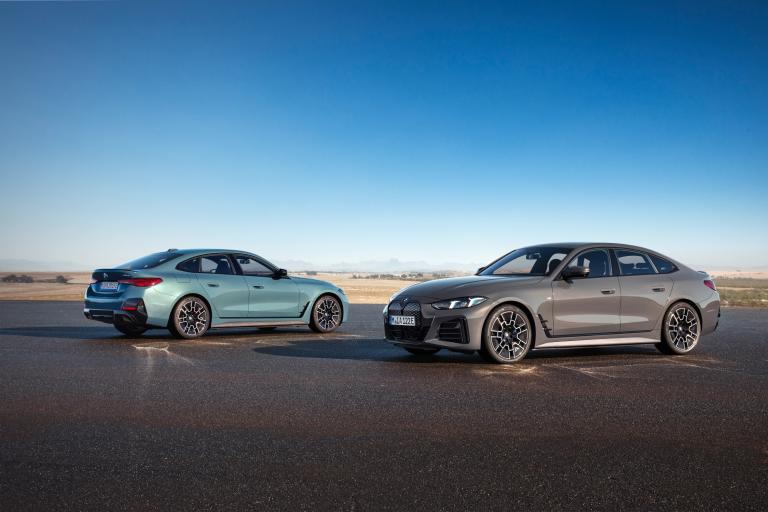Tales of the unexpected from the Land of new Defenders
Overview
 A few years back you would dismiss as fanciful and far-fetched someone predicting Land Rover would be claiming a 0-to-100km time of 5.6 seconds for a Defender – yes a Defender.
A few years back you would dismiss as fanciful and far-fetched someone predicting Land Rover would be claiming a 0-to-100km time of 5.6 seconds for a Defender – yes a Defender.
Well the new plug-in version can do that sort of thing. It is also the most powerful Defender to date, pumping 404PS, and they claim it returns 85.3mpg (I take that with a grain of salt) with emissions of 74g/km.
So there is nothing fanciful or far-fetched about the first Defender plug-in hybrid the famous brand has made, but the P400e model is a long way from the legendary rugged and dogged models of yesteryear.
So what is a Defender in Plug-in hybrid (PHEV) guise like to drive?
And how relevant is it, especially as PHEVs now seem to be running out of favour with the Government, certainly as far as benign taxation policies are concerned?
The first, and to be fair obvious, thing to say is that, despite driving other versions previously, it still daunted me with its sheer physical size and presence.
I won’t lie to you, I didn’t enjoy taking it into the city with its narrow lanes of traffic where room for cars, never mind large SUVs, seems to shrink by the week.
However, what a drive it was on the open road.
It can, Land Rover claims, cover up to 43km on pure-electric driving alone, so you could get zero-emission off-roading (Intelligent All-Wheel Drive) as well as regular routes on the tarmac.
There are five-or six-seat options and with the second row of seats folded there are up to 2,127 litres of load space in the plug-in version. There are 12v or USB sockets on every row.
The cabin is huge. In fact, everything about this is huge. But it was so comfortable: excellent seats, strong and sturdy and loads of room for passengers and luggage.
The thing, apart from size, which struck me most forcibly was the surge of power available in mid-range and how well the car behaved itself on our poorer country roads.
Incidentally, for anyone living in areas prone to flooding the Defender has a wading depth of up to 900mm. On another practical front, it has a 3,000kg towing capability (3,500kg on other power-plants).
That sort of pulling power is essential in a motor of this stature that will be used by people not just for their lifestyle but for business too.
It just happens that in this case they get an almighty amount of power as well, thanks to the plug-in set-up.
Would I buy it? Half of me would love the idea of powering around muddy country roads, crossing boggy fields and generally being the driver of a go-anywhere big machine like this. I certainly would get a real kick from the power at my disposal as well, I promise you.
The other, urbanised, half of me would be thinking a lot about negotiating those ever-narrowing city and town streets in a search for parking and I’m forced to ask myself if it would be worth the hassle.
However, if I lived in the country it would be high on the list.
Then there was the commercial version which, on test, had a 3-litre diesel pumping 250bhp. Yes a veritable beast of a workhorse.
Remarkably we found work for it in Ranelagh, of all places, where a large piece of furniture – a big, multi-part bed – had been purchased for use further south.
We used every cubic centimetre of the flexible load area with its full rubber floor coverings, all six lashing points, every hook we could find, and managed to secure what was an awkward consortium of bits and pieces. Had we needed it there was lockable underfloor storage.
Overall, the 110-body design provided us with 2,059 litres of cargo space. Frankly we could have done with more, but we were grateful for what we got.
It’s a long way from what Defenders are perceived to typically haul, I agree, but whether on Dublin tarmac or Offaly soft-routes, there would always be the sense of massive capability.
It was a comfortable bus too.
For me, a big part of its attraction was the 250bhp engine.
Coupled with an excellent 8spd automatic transmission and Intelligent All-Wheel Drive, the world was my oyster.
This Defender is also capable of wading up to 900mm and will tow up to 3,500kg.
There is space for up to three occupants thanks to the optional ‘jump seat’. There is also an optional Clearsight Rear View camera for greater all-round visibility – take it.
The commercial is a powerhouse that is made for lugging and pulling and dragging.
Some things never change do they?
Factfile
2-litre Si4 PHEV 404PS
From €73,230, tax €150. 2-litre petrol, 0-100 kmh in 5.6 secs, claimed 85.3mpg; 74g/km. Pivi Pro Infotainment system, smartphone pack, Navigation. Also standard are Lane Keep Assist, Cruise Control, and 3D surround camera
Defender Hard Top (Commercial): From €64,870 (incl VAT). Road tax: €333. 3-litre diesel (250bhp), 8spd auto transmission and intelligent All-Wheel Drive. Also has a broad spread of comfort and safety elements on board.



